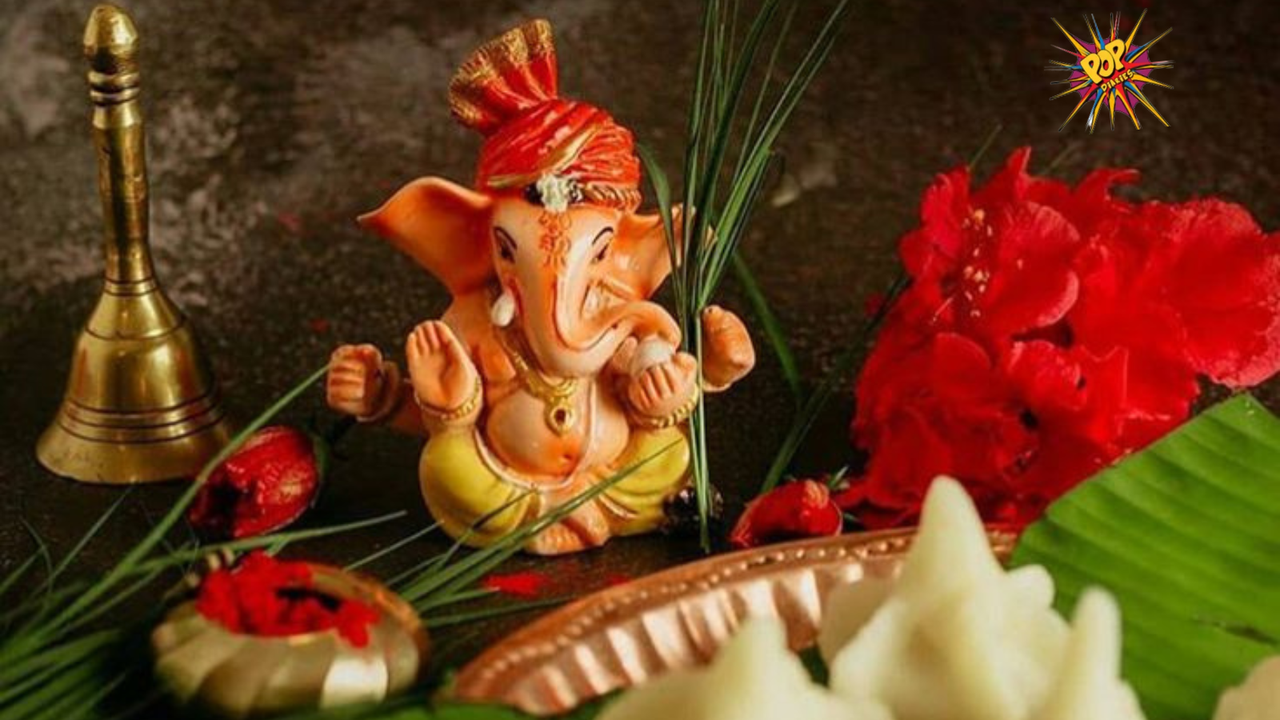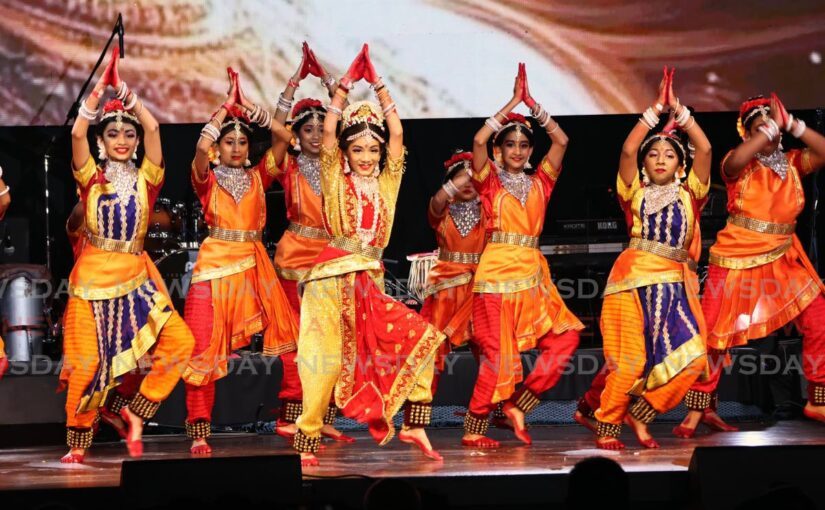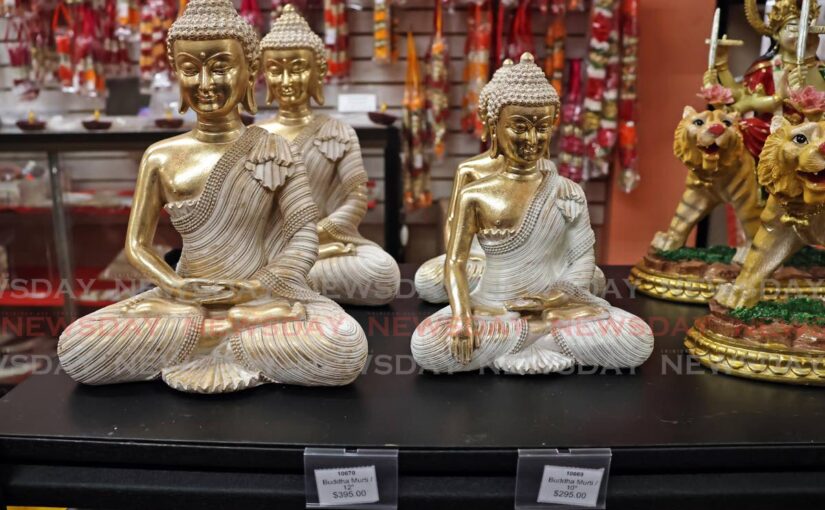As electric vehicles (EVs) rise in popularity as a solution to air pollution and the reduction of carbon emissions, a less-discussed issue is...
Vous n'êtes pas connecté
- English
- Français
- عربي
- Español
- Deutsch
- Português
- русский язык
- Català
- Italiano
- Nederlands, Vlaams
- Norsk
- فارسی
- বাংলা
- اردو
- Azərbaycan dili
- Bahasa Indonesia
- Հայերեն
- Ελληνικά
- Bosanski jezik
- українська мова
- Íslenska
- Türkmen, Түркмен
- Türkçe
- Shqip
- Eesti keel
- magyar
- Қазақ тілі
- Kalaallisut ; kalaallit oqaasii
- Lietuvių kalba
- Latviešu valoda
- македонски јазик
- Монгол
- Bahasa Melayu ; بهاس ملايو
- ဗမာစာ
- Slovenščina
- тоҷикӣ ; toğikī ; تاجیکی
- ไทย
- O'zbek ; Ўзбек ; أۇزبېك
- Tiếng Việt
- ភាសាខ្មែរ
- རྫོང་ཁ
- Soomaaliga ; af Soomaali
 Maroc - POPDIARIES.COM - A La Une - 06/Sep 05:46
Maroc - POPDIARIES.COM - A La Une - 06/Sep 05:46
Opinion: Celebrating Ganeshotsav; where are we loosing our way?
Ganesh Chaturthi, a major Hindu festival celebrating the birth of Lord Ganesha, is marked by vibrant festivities and cultural displays. However, the celebrations sometimes take on less admirable dimensions that reflect poorly on the event’s cultural and environmental ethos. One of the most glaring issues is the use of eco-unfriendly materials in the construction of Ganesh idols. Traditionally, idols were made from clay and natural materials, allowing them to dissolve harmlessly in water. However, in contemporary practices, many idols are crafted from plaster of Paris and painted with toxic colors. When these idols are immersed in water at the end of the festival, they release harmful chemicals into the environment, which can have detrimental effects on aquatic life and water quality. Another troubling aspect of the festival is the excessive noise pollution created by loudspeakers and amplified music. During Ganesh Chaturthi, streets are filled with blaring music, bursting fireworks, and drumbeats, often continuing late into the night. This cacophony not only disrupts the peace of local residents but also negatively impacts both human health and the natural environment. Prolonged exposure to high decibel levels can cause hearing loss, increase stress levels, and disturb sleep patterns, which is a significant concern for many people living in urban areas. During Ganesh Chaturthi, some people play uncultured or inappropriate songs. Instead of traditional devotional music, these songs often feature loud, noisy, or even vulgar content, which can disrupt the peace of the community and overshadow the festival's religious essence. The focus on such entertainment can lead to disturbances and detract from the solemnity and respect that the occasion traditionally demands. Additionally, the festival sometimes sees a lack of respect for public spaces and property. Celebrants often leave behind a considerable amount of litter, including plastic waste, leftover food, and other debris. The sight of streets and public areas littered with trash diminishes the aesthetic value of the celebrations and poses a challenge for municipal sanitation workers. The careless disposal of waste also contributes to broader environmental problems, such as pollution and the clogging of drainage systems. The commercialization of Ganesh Chaturthi is another problematic trend. In many places, the festival has become heavily commercialized, with a focus on grand displays and extravagant decorations rather than spiritual or cultural enrichment. This shift often leads to a competition among different groups and communities to showcase the most opulent and ostentatious displays, overshadowing the festival’s original spiritual significance. The emphasis on consumerism rather than devotion can dilute the festival’s cultural integrity and promote unsustainable practices. Moreover, the fervor of the celebrations can sometimes lead to dangerous behavior. In some instances, devotees engage in reckless acts such as scaling dangerous heights to install or retrieve idols, or participating in hazardous processions. These actions pose significant safety risks and can result in accidents or injuries, which undermine the festive spirit and raise concerns about public safety. In summary, while Ganesh Chaturthi is a time for joy and cultural expression, the festival’s darker aspects—such as environmental harm, noise pollution, public disorder, commercialization, and safety hazards—reflect a departure from its traditional values and principles. Addressing these issues requires a concerted effort from both organizers and participants to foster a more sustainable, respectful, and meaningful celebration. READ MORE :- Ultimate Guide to Ganesh Chaturthi: Muhurat, Checklist, and Puja details
Articles similaires
The business of murti-making: Crafting devotion amid challenges
Murti-making, the craft of creating sacred statues representing Hindu deities (gods and goddesses) stands as a significant cultural and spiritual art...
Divali Nagar, a platform for up-and-coming entrepreneurs
The Divali Nagar is home not only to cultural expressions and celebrations but with at least 10,000 patrons nightly, it provides the perfect platform...
Mauritian Marathi Society celebrates Ganesh Chaturthi in London
Spirituality and Community By Suresh Gunputrao The Ganesh Chaturthi festival, commonly referred to as Ganpati, is an important event in the calendar...
The Role of Mass Media in Conservation Efforts
Mass media is a powerful lens through which we understand the social, cultural, and environmental issues facing our world. It plays a vital role in...
Truth resonates with eternal light of Divali
THE EDITOR: TT celebrates Divali on October 31, a public holiday since 1966. Divali continues to generate national appeal from all sectors of the...
How to feel better instantly? (5 simple and effective tips)
Feeling better in that instant is so hard, especially when stress, anxiety, or sadness have taken over. Often, these emotions create a mental and...
How to feel better instantly? (5 simple and effective tips)
Feeling better in that instant is so hard, especially when stress, anxiety, or sadness have taken over. Often, these emotions create a mental and...
Family legacies at the heart of puja stores
BAVINA SOOKDEO THE puja store industry has blossomed into a niche yet essential business sector that caters to a range of religious and cultural...
Coordinated Action
Admitted NGOs at UNFCCC events give Taiwan a voice on the international stage. Realizing the U.N.’s Sustainable Development Goals is a global...
Les derniers communiqués
-
Aucun élément

.jpg)





